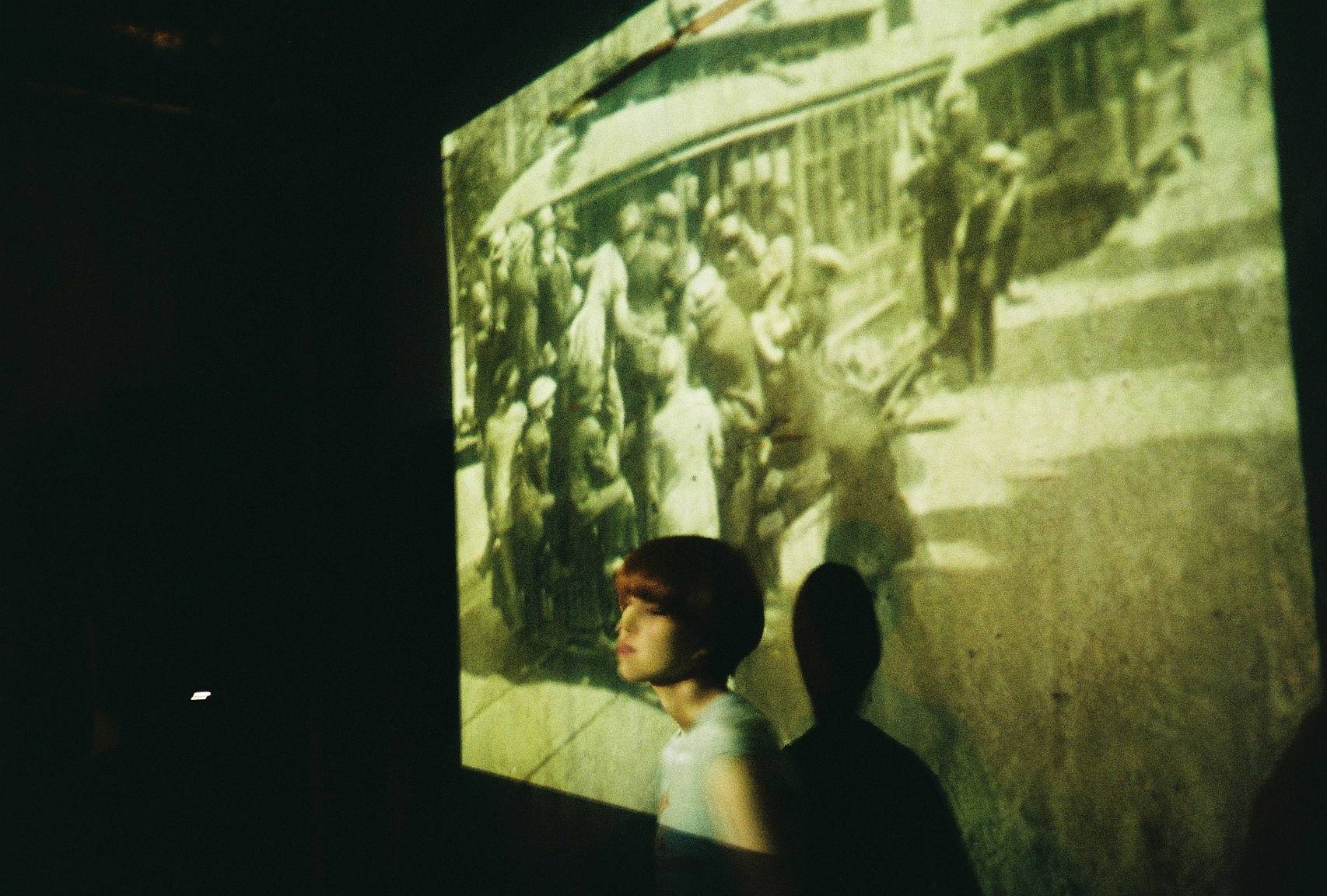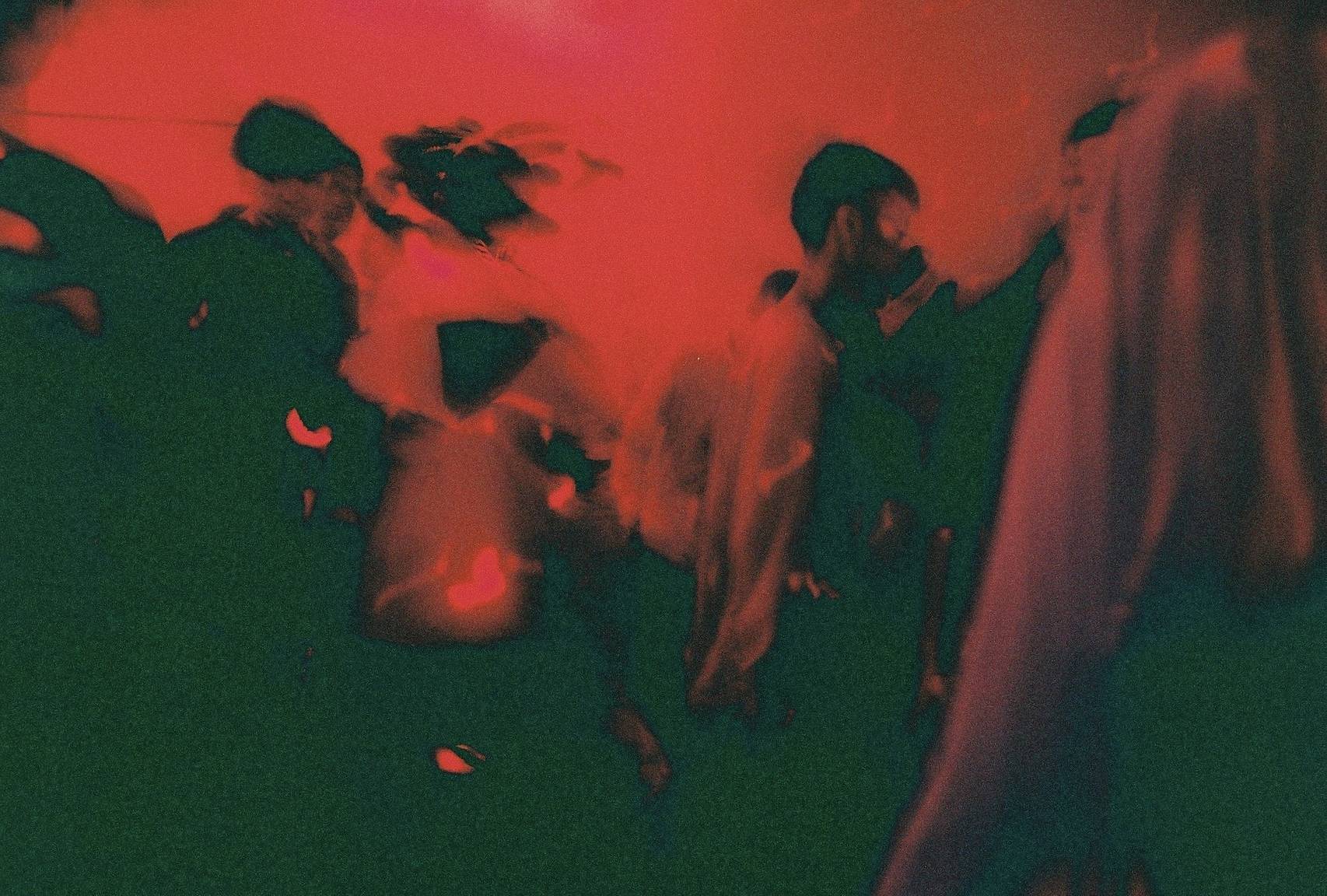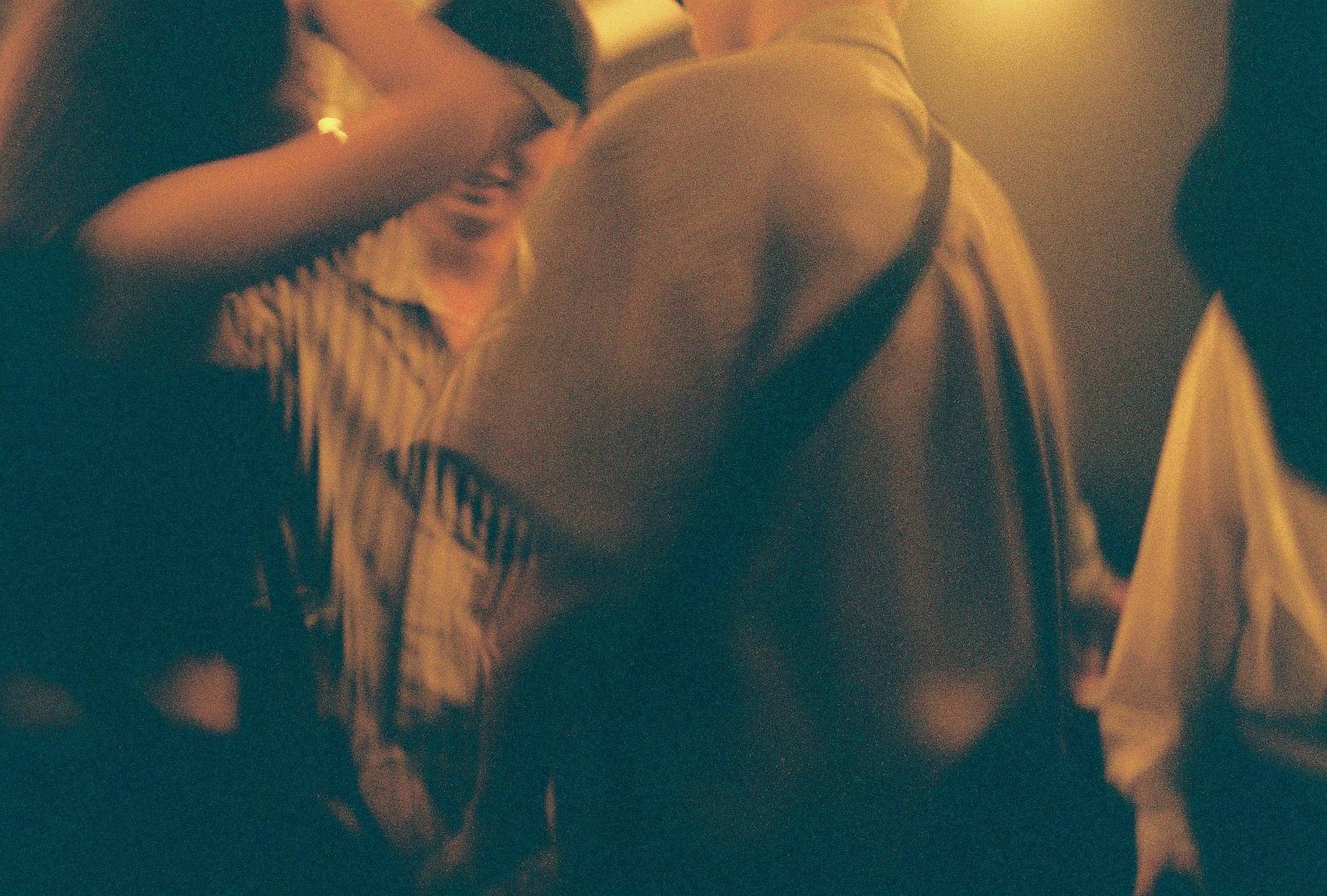Oh, What A Night: How to Take Photos at Nightclubs
2 12 Share TweetThe reason I got into film photography was to document the nightlife and parties that I attended or performed in. I did not think of it as being an event photographer, but rather just capturing moments during my nights out with friends and clubs that I would frequent.
With bars and clubs around the world reopening and concerts and nightlife seemingly in full swing, we will take a look at some tips on how to capture those intimate moments during a night out.

Know How To Get Your Camera in the Club
The best camera to bring to the club is any compact camera in order not to draw too much attention. If you are lucky, the clubs, bars, or parties that you go to will have no qualms about the presence of your camera. However, there are times when club policy prohibits bringing cameras in. One way to be discreet is to bury it deep in your bag and put other items on top of it such as a jacket.
During the times you cannot hide your camera (or get caught), management might request your camera battery rather than your camera, which is why you should always have a spare on you. From personal experiences, I have only been stopped a few times but club policy and rules change depending on the night. It is always best to ask before going but just like the #10 rule of Lomography, “Don’t worry about any rules.”
Lighting is Your Best Friend
You can never anticipate what kind of lighting you will get at a club. Even if you are a regular, clubs and bars can change lighting depending on the night’s festivities. With flashing lights, projected multi-colored visuals, and neon-colored rooms, it's exciting to see how the film will interact with all these elements. If the lighting has a pattern, try and time your shots with the moments that the lights come back on, especially if the lights are changing colors as they reappear. When shooting performers or DJs, if you are lucky, there are usually giant screens or glimmering lights behind them. You should use these lights to your advantage as the lights and visuals usually change and rotate per song. This can help you be more purposeful with your shots in order to capture specific colors you want on the crowd.
Flash is a Great Tool but use Sparingly
The worst thing you can do is to constantly be shooting every shot with the flash on. I have encountered a few photographers who constantly used flash at the clubs and though their pictures turned out well, it came at the expense of bad looks and hostile reactions. Take note of how intense the flash of your camera can be as it may disrupt clubgoers and performers. My personal experience would be to try not to take a lot of photos with the flash but to use it sparingly throughout the night.
Hold for a Looooooong Time
No one keeps still on the dancefloor so when I started shooting nightlife on a Canon point-and-shoot I had little to no control over what the camera was detecting. I did not know the concept of long exposure but I just knew when I did not use the flash of my camera, it would take around 2-3 seconds per shot, especially when I was in the middle of the dancefloor. Since then some of my favorite shots have been making long exposures of the crowd and the results are always otherworldly.
Transform the Space by Using Different Film Stocks
My funniest memory (but also my rookie mistake) was buying a roll of Portra 160 thinking it was 1600. When I got to the venue it was mostly pitch black with a rotating light that reminded me of prison searchlights. Due to this, I had to time each shot with where I thought the light was going to hit. The pictures came out as if it was an intimate dance party and was one of the coolest “experiments” and lessons I got from shooting at nightclubs.
Using different film stocks reimagines the setting of the night. Shooting black and white in a room full of colorful lights can drastically change the mood and context of the photo. And using colorful films can re-contextualize seemingly dull and dark dancefloors.
I personally stick to an ISO of 400 as it can capture photos with and without flash very well. I really tend to not use the flash and trust my camera, especially since I use a point and shoot. However I think shooting with at least 1/50 with some lighting should give interesting results. Pushing your film by one or two stops is also something you could try, especially when shooting on a lower ISO like 100 or 200. It increases contrast and brightens up the photo but with the cost of more grain. This technique can give diverse results and allows you to unleash your individuality and style.
Come As You Are
The main purpose of being there is not to capture content to post online but rather to enjoy your time, dance, and make new friends. The best photos you will be able to take are the ones that show true human connections.
Tell us about your experience shooting at clubs and bars. Did you accidentally photograph someone famous? Make new friends? Or take a shot you don’t remember? Tell us by commenting down below
written by rocket_fries0036 on 2022-07-19 #culture #tutorials #nightlife #tips #tutorial #lomochrome-purple #club-photography #lomo-c-a

























































2 Comments